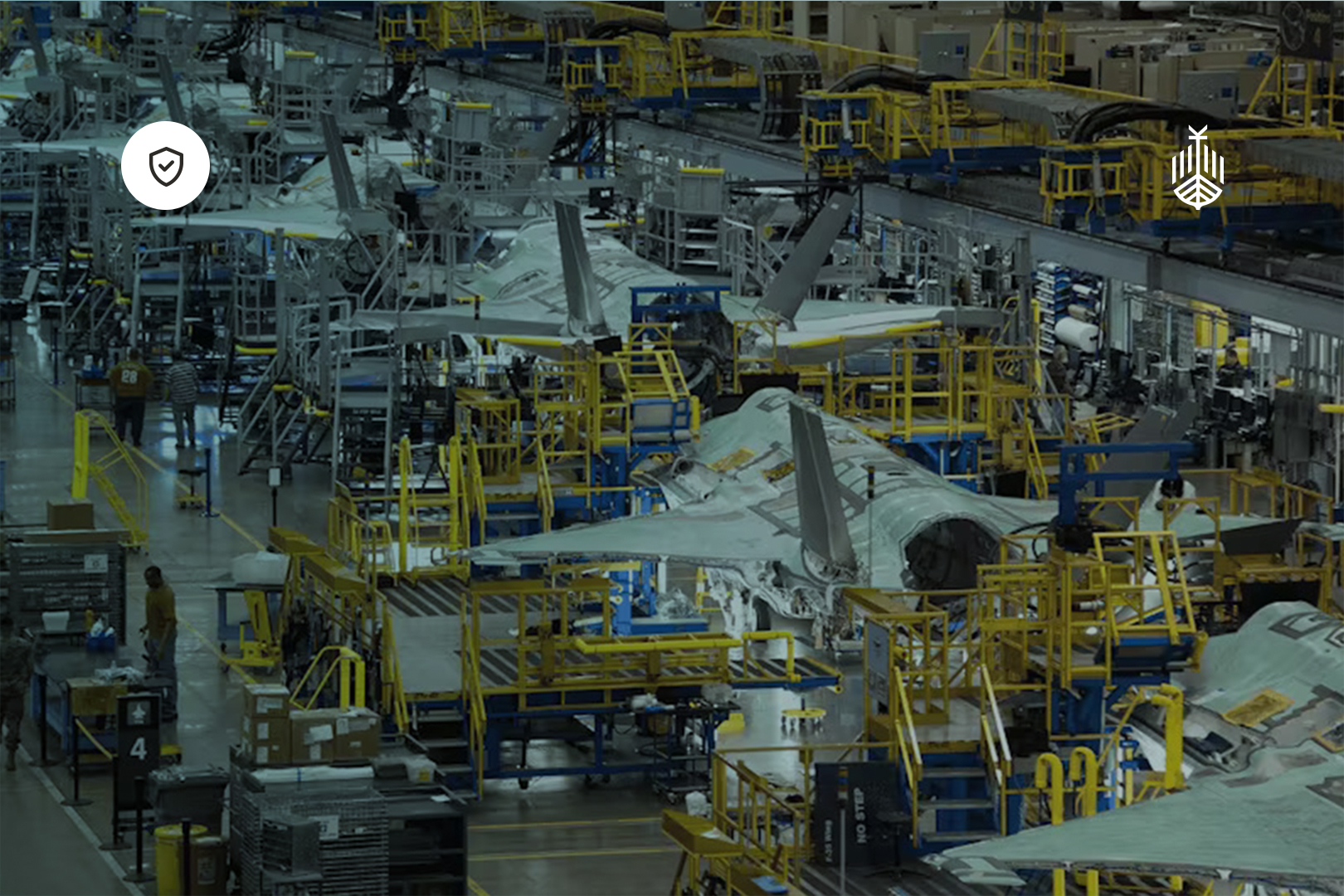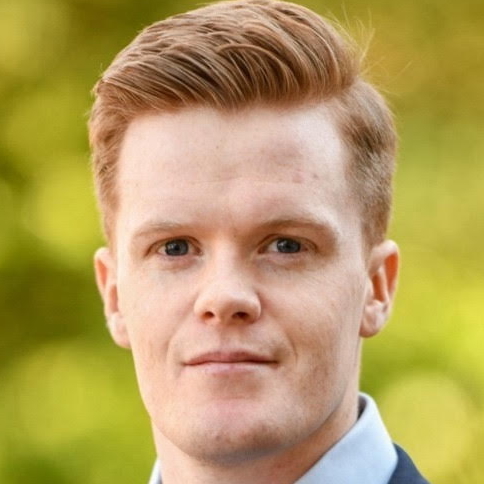The computing evolution
Current computers process data at the simplest level (bits) in huge quantities to deliver everything the user experiences. If it is seen or heard from any technological device, then the data is essentially a one or a zero. There is no way to overstate the change which will occur when quantum changes this. While current computing uses bits a quantum computer will use a quantum bit (qubit). This qubit can exist in several positions of positive (0) or negative (1) or combination of both, at the same time (superposition).
This leads to faster compute power because outcomes are explored simultaneously rather than sequentially. At the point of answer the qubit is collapsed and the state is measured, giving the result. A comparison is to explore a maze one route at a time (bits) or all routes at once (qubits) to find the exit.
In 1965 Gordon Moore predicted a doubling of transistors on a computer chip every year. This held true in the silicon age and was adopted to mean that computers became twice as powerful approximately every 12-18 months. This trended for decades which means militaries can now have networked data processors on every tactical asset on the battlefield.
A soldier on the modern battlefield uses an application on a smart device to view a surveillance video feed. They communicate with their Chain of Command for a decision whether to strike a target with a remote vehicle. The compute power is greater and physically smaller than ever. A 2023 device has more processing power than NASA’s 1971 Apollo Guidance Computer (2 MHz vs iPhone 15’s reported 3 GHz1). This means the simultaneous viewing, communicating, and controlling is at the point which the human is the limiting factor.
Quantum research and development has been funded for over 10 years. The global investment has been $30bn in 20222, this includes commitments from UK ($1.3bn), USA ($1.2bn), EU ($1.1bn) (independent from individual country investments) and China ($15bn). Governments will not solely hold the keys to the new capabilities, companies such as IBM, Jiuzhang and Google have led the sector with quantum declarations. The technology is still in its infancy and there will be many false summits before a standardised capability is delivered.
Key lines of development which are anticipated to lead to real world changes are thought to be Quantum computers, sensors and security.
Quantum computers
The way quantum opens the possibility of information exploration will require a change of thinking. Currently a closed question yields the best result from Computers. Processing through known parameters has enabled humans to confirm what they know and display what they need. When quantum capability is developed the real change will be realised. Current lines of thinking are that quantum will enable open questions to be explored by technology itself; “how does material x react to a, b, or c”, “what’s the most efficient way to elicit a result from y”.
Currently information is communicated using existing fibre optical cables and radio frequencies. Even with entanglement (two linked qubits reacting predictively despite physical separation, currently tested over 1200km3) the transmission of the data remains dependent on todays’ methods; Quantum is not yet changing the use of transmission medium.
Sensors
An exciting avenue of quantum research due to the potential of sub-atomic levels of accuracy. Sensing is claimed to be the most mature application of quantum technology. Some use cases currently being developed are radar, neuroimaging, subterranean imaging and noise reduction.
Security
“Estimates suggest that a quantum computer with around 20 million qubits would be required to break current encryption methods; however, the most advanced quantum computers today generally have no more than 433 qubits4”. The major companies have laid their plans to deliver more qubit power which, if current encryption methods are not superseded, could see data at risk. The mitigation is being led by the NIST post-quantum competition. In its culmination it should result in a globally standardised quantum safe cryptography (QSC), as RSA/AES256 currently delivers.5 NIST are not the only organisation with focus on security as NCSC, ISO/IEC and others take a long view on the change.
A Quantum Military
Quantum tactical military networks will rely on continuation of Moore’s law in quantum development. The ways in which qubits can be created for use in compute power is in its infancy with industry still yet to decide the best way to deliver capability. One method is to take the temperature to near absolute zero (-273˚C) which requires a lot of equipment and won’t make it to the edge of the battlefield anytime soon.
Establishing this compute power near the battlefield will be a balance of tactical decision making versus enabling technological requirements. Currently the use of processing and propagative technological advances has permitted more C2 flexibility than ever. Resisting quantum enablement of things such as sensing, and AI/ML data will be a natural human response. A change in the compute capability will necessitate machine permission changes to process sensitive data, some of which will have impact to human life. Where compute is considered, the hardware will likely remain the constraint, where environmental conditional requirements must be met.
Quantum sensing could be used in submarine warfare with sonar becoming a backup. Air assets could deliver answers to questions of bunker and cave exploration. Either way the ability to hide behind materials is diminishing due to advances in this technology. Other exploitations could be a capability to deliver Position Navigation and Timing (PNT) without the requirement for GPS. There has been much planning conducted by militaries for communications in a satellite and GPS denied environment and this technology would permit freedom of contingency planning, in one aspect at least.
Military communication networks must be enabled with a QSC in the near future and strategy developed by militaries to deliver this. NCSC advise that Quantum Key Distribution (QKD) is not endorsed for (UK) Government and military use due to authentication vulnerabilities. QKD requires bespoke hardware and should be used alongside QSC which can be used on current hardware.
Security risks come in the form of state actors and “as a service” threats which will naturally come to exist when a vendor has the requisite number of qubits to break current encryption methods. The new QSC standard and race for a capable machine is one which system vendors and security departments must be conscious of as they work towards new standards. An arms race between quantum compute and a quantum safe encryption is on.
Summary
Quantum capability is low on the Technology Readiness Level6 (TRL) scale, estimated to be 3 - 4 (lab-scale proof of concept). Experts are estimating a maturity level of 8 - 9 by 2032 which would mean the technology is able to be used in successful (scientific) operations (not widespread market use).
The future battlefield will be one driven by information superiority, security, ethics, and the appetite for release of C2 to quantum enabled software. Currently though, and for the near future, quantum will remain in development through trials and testing. The physical scaling down could follow on when technological advances permit. When the classical transistor (microchip) was invented, the creators did not know how it would be used. Likewise, we cannot currently fathom how quantum capabilities will change the questions we can investigate. When we reach quantum maturity the game will change.














